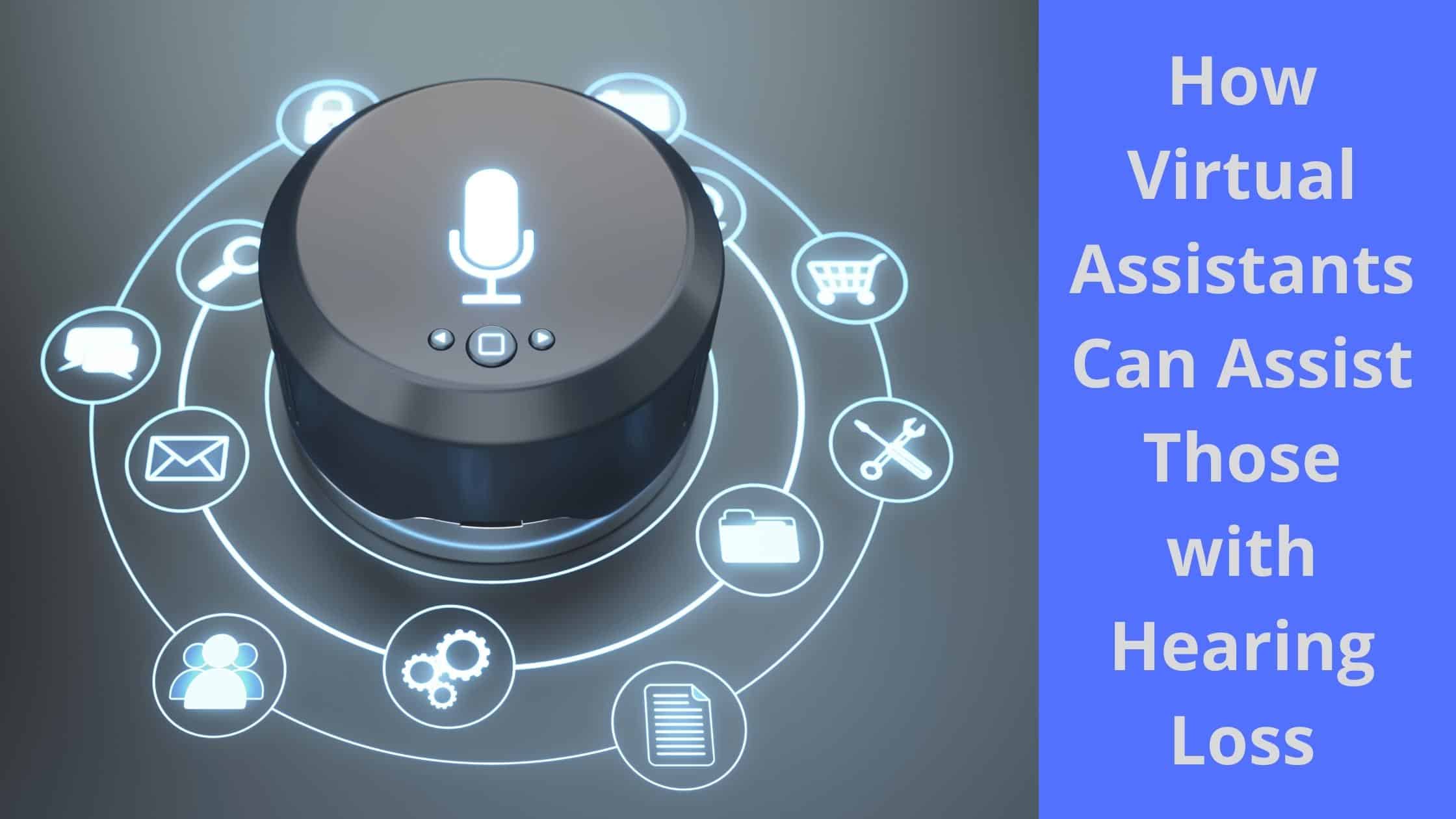By 2020, 4.2 billion automated voice assistants will be in use in devices all over the world. According to projections, the number of automated voice assistants will hit 8.4 billion by 2024, which is more than the world’s current population.
Our intelligent assistants are starting to take over entire processes that we currently rely on our phones and computers to complete, such as car rentals. In terms of utility, this technology is rapidly moving beyond setting timers and checking the weather.
Adults aged 55 and up are among the fastest-growing markets for virtual assistants, rather than Millennials or Gen Z, as many would expect. These adults use smart speakers and virtual assistants for everything from drug control to injury avoidance to staying in touch with their families.
Hearing aids, however, are a fascinatingly personal type of virtual assistance that is now making a dent in the AI industry. Let’s take a closer look at how hearing aids and virtual assistant systems interact.
Technology for Hearing Aids
Hearing aids have advanced and benefited from newer technologies and artificial intelligence in recent years. These tiny electronic devices are more sophisticated and revolutionary than they have ever been. Hearing aids may include several important features, including:
- Wireless connectivity: Many hearing aids can link wirelessly to other electronic devices using Bluetooth technology. Hearing aids can also stream audio directly from smartphones, speakers, computers, and other devices, improving sound quality and lowering background noise. This function is now used in the majority of hearing aids.
- Voice recognition: Some of the latest hearing aids can learn the wearer’s voice and separate it from other types of sounds to be presented clearly. AI uses algorithms and the background of the user’s actions to learn the wearer’s voice and isolate it from other types of sounds.
- Automation: Hearing aid systems can also learn and program desired settings in natural environments using artificial intelligence. This ensures that hearing aids will assess the environment and automatically adapt to the user’s desired settings, eliminating the need for the user to make manual changes.
These features demonstrate how hearing aids have adapted to changing technology to provide greater accessibility in an increasingly digital environment. Digital assistants are another example of this.
Hearing Aids & Virtual Assistants
Three hearing aid manufacturers have recently launched virtual assistant technology. These are equipped to provide information and resources unique to your hearing aid. This function has several advantages, including:
- Access to system controls and settings
- Fast answers to device-related questions
- Quickly change the settings on your hearing aids.
- Assistance with navigation and location
What can you do with voice assistants and hearing aids?
Here are a few examples of how a virtual assistant can improve the lives of those wearing hearing aids:
- Establishing routines: A morning routine or a bedtime routine can be taught to your virtual assistant. You can start your morning routine with a single order, such as “good morning Siri.” This may include turning off your phone’s silent mode, reminding you of upcoming appointments, providing weather updates, or even reading the morning news.
- Medication reminders: Do you take your medication at specific times during the day? You can set your assistant to alert you when it’s time to take your pills. You may also remind your assistant that you have taken your medicine. If you can’t remember whether you took your medication later, you can ask your assistant when the last time was.
- Make grocery lists: Do you have a habit of forgetting the bread? When you think of something, your virtual assistant can add it to your shopping list. Tell your assistant to add something to your to-do list or cross something off.
- Hands-free calls: Making a call is simple with your virtual assistant. You can ask your assistant to call a friend or family member for you if you want to talk or you’ve fallen and need assistance. If you need immediate assistance, you can dial 911 and receive immediate assistance.
These advantages improve the overall user experience in our increasingly digital lives and make communication easier for those with hearing loss. This is especially beneficial for much older adults, who are disproportionately affected by hearing loss and can have other health issues to consider. Those who live in senior living facilities or rely on family members’ aid will benefit most.
The capacity for increases in mental, emotional, and physical health is possible with this new technology integration.

